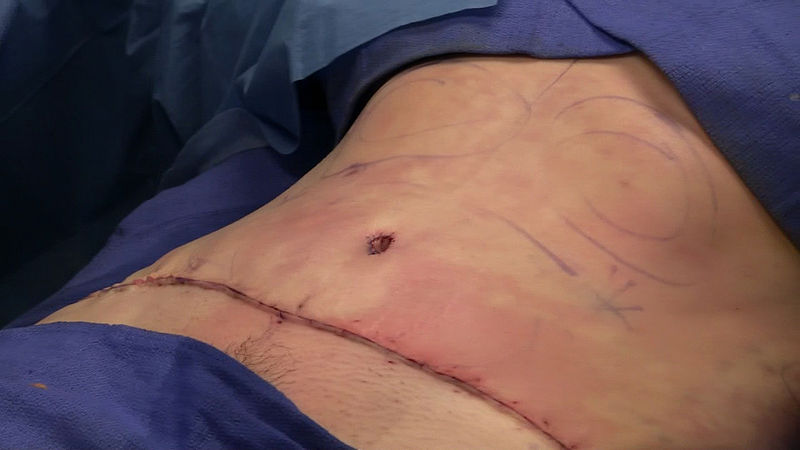If you’re wondering how to stop ingrown hair after epilation, you’re not alone. Many individuals face this frustrating issue. In this guide, we’ll walk you through step-by-step solutions to ensure smoother skin post-epilation.

Steps on How to Stop Ingrown Hair After Epilation
Here’s a roadmap to keep those pesky ingrown hairs at bay after an epilation session:
1. Exfoliate Before Epilating:
Clearing the skin’s surface of dead skin cells is crucial. Use a body scrub or an exfoliating brush (like this Dylonic Exfoliating Body Scrub Razor Bump Brush from Amazon) gently, in circular motions, to do this. This preps your skin for epilation. For detailed guidance, the American Academy of Dermatology provides tips on proper exfoliation techniques.
2. Keep the Skin Taut During Epilation:
Stretching the skin lightly can significantly help the epilator to grasp and pull out hairs more efficiently. It also minimizes the risk of hair breakage which can lead to ingrown hairs.
3. Moisturize Regularly:
Post-epilation, the skin can become dry and irritated. A gentle, hydrating moisturizer restores the skin’s moisture balance, prevents flaking, and ensures that newly growing hair finds a smooth path outwards. Remember, non-comedogenic moisturizers are your best bet as they won’t clog pores.
This Amazon-listed CeraVe Moisturizing Cream for dry skin is fragrance-free and non-comedogenic.
Post-Epilation Tips to Reduce Ingrown Hairs
Aftercare is just as essential. Here are further steps to ensure your skin remains smooth post-epilation:
1. Continue Regular Exfoliation:
Keep up with your exfoliation routine even after epilating. This assists in eliminating any buildup of dead skin and offers a clear path for hair regrowth, minimizing the chances of hairs turning inwards.
2. Avoid Tight Clothing:
Post-epilation, your skin is sensitive. Tight clothing can not only irritate the skin but also push hairs back into the skin. Opt for loose, breathable fabrics for a day or two after your epilation.
3. Use Ingrown Hair Treatments:
There are specialized products like serums and creams designed to prevent and treat ingrown hairs. These often contain salicylic acid or glycolic acid which help exfoliate and clear follicles. You can read this to find out which (salicylic or glycolic acid) is better for you.
Check out these other related articles…
What to Do After Epilation: Detailed Steps for Optimal Skin Care
Skin Irritation After Epilation: Expert Steps to Calm & Heal
Red Bumps on Skin After Epilation: Causes & Sure Solutions
Red Skin After Epilation: How to Soothe & Prevent It
Is Epilator Harmful for Skin? A Comprehensive Answer
Understanding the Causes of Ingrown Hairs
Ingrown hairs are hairs that have curled around and grown back into the skin instead of rising up from it. Think of them as hair that’s lost its way. Here’s a closer look at the primary causes:
1. Type of Hair:
Curly or coarse hair is more prone to becoming ingrown. As they grow, they naturally curl and might find their way back into the skin.
2. Dead Skin:
Dead skin cells can clog hair follicles, causing hair to grow sideways or downwards instead of upwards and outwards. The more dead skin, the higher the chance of ingrown. For more on this, the Mayo Clinic has an in-depth article explaining the process.
3. Hair Removal Methods:
Methods like shaving or epilation, which cut or pull hair from below the skin’s surface, can lead to ingrown hairs. The hair, when growing back, might not find its way out of the follicle if there’s any obstruction.
Still interested in knowing more about the state of your skin after epilation? Here’s an article just for you: Skin After Epilation [Care/Problems & Remedies]

